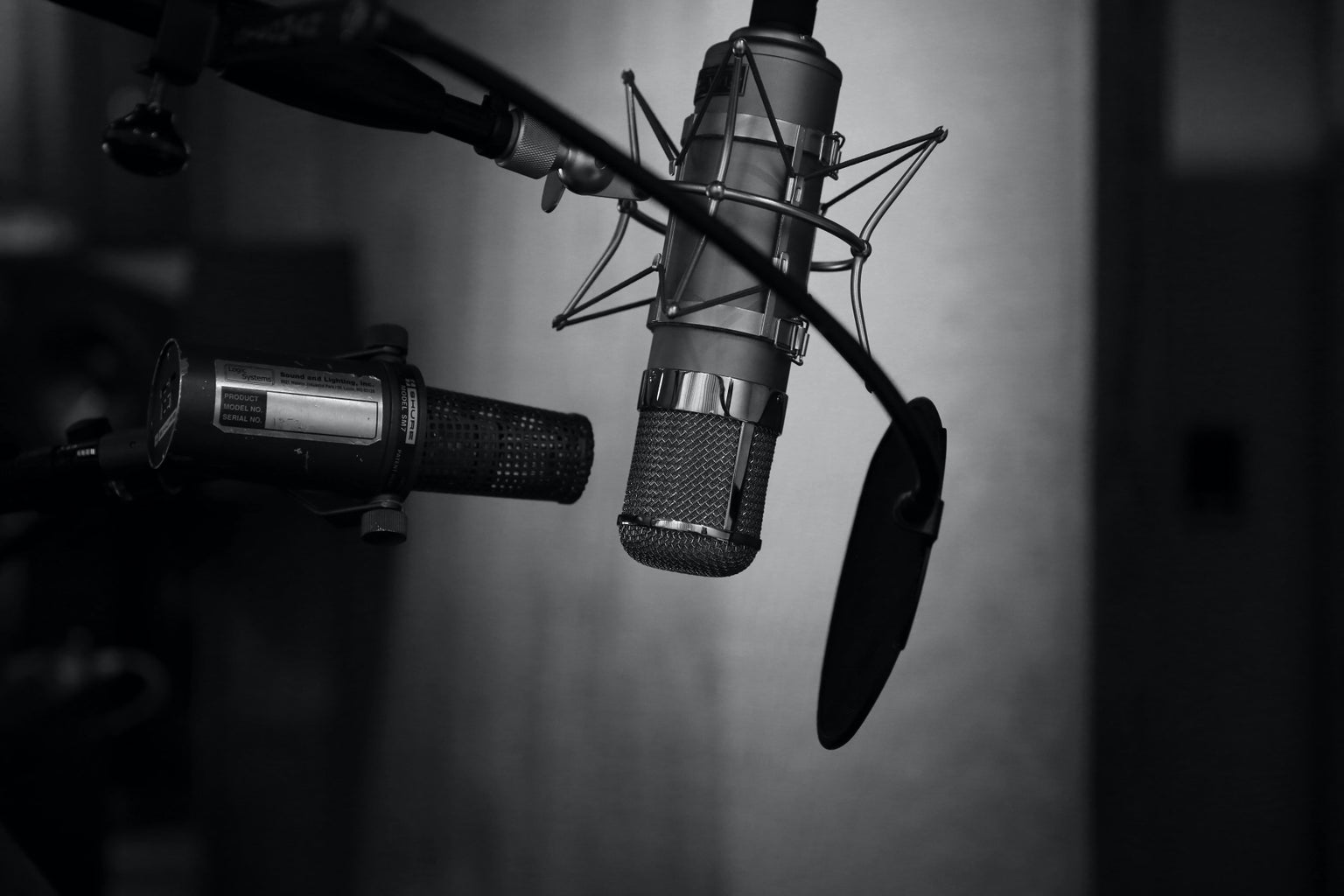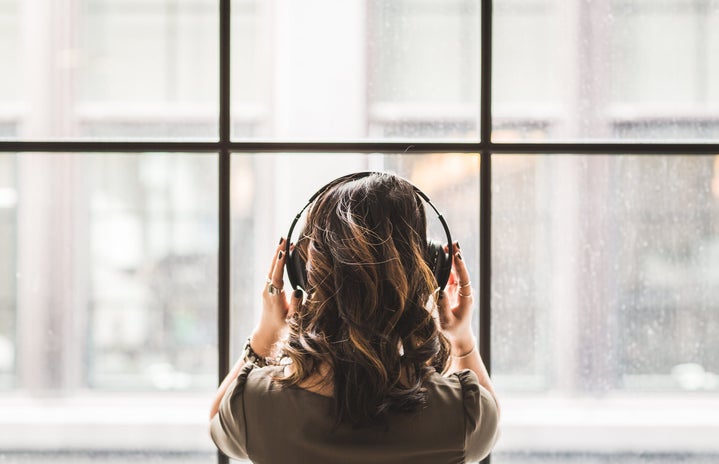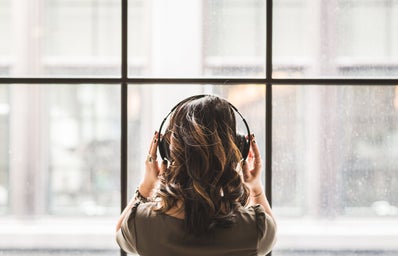In the past few years, Autonomous Sensory Meridian Response – more commonly known as ASMR – has skyrocketed to being some of the most watched (and listened to) videos on the internet. In just September 2020, ASMR was formally added to the Merriam-Webster dictionary. Now, more apps and specific video content featuring celebrities are being made around this category of videos. But even with ASMR at the most popular it’s ever been, many people still do not fully understand what it is exactly.
ASMR can be better understood as the “tingly” feeling created when we hear particular sounds or witness certain visually-stimulating actions. The sounds and movements that create those feelings are often referred to as triggers. While there are common triggers such as tapping, brushing, hand motions, or soft whispering, triggers differ for every person and are often times unpredictable. In other words, you never really know what triggers will give you tingles until you hear them. Because of this, ASMR creators (also referred to as ASMRtists) across platforms have created a wide variety of videos covering just about every sound you could imagine.

While ASMR is not formally recognized as condition by the scientific community, the different components which make up Autonomous Sensory Meridian Response are quite interesting. According to Merriam-Webster, “Meridian generally refers to a high point in excitement, but technically it refers to any of the pathways along which the body’s vital energy flows according to the theory behind acupuncture. Autonomous also has specialized meaning: it can refer to involuntary physiological responses or to the autonomic nervous system, which autonomously regulates bodily functions, including sexual arousal. ASMR, however, is a nonsexual response.” This is typically where the most confusion stems from surrounding ASMR – it is non-sexual in nature. That being said, people can watch ASMR for a number of reasons. As someone who used to fall asleep regularly to music, ASMR is a more relaxing alternative to listen to as I fall asleep or even if I am struggling to fall asleep. Other people also report ASMR videos as holding the key to a number of tangible, physical responses. Some of these include reduced anxiety, relaxed heart rate, and better sleep. However, each person responds to ASMR differently, with some people claiming that they cannot get tingles at all.
With all of this individuality involved in responses, a number of different subcategories of the broader ASMR genre have stemmed. In general, ASMR videos can fall into several categories, with some of the most popular being whispers only, soft-speaking, tapping, head scratching, unintelligible speaking, and roleplay – which generally involves mimicking common experiences with a whisper or soft-spoken tone. Even with these larger categories, you can still find an ASMR video for nearly anything you are looking for on the internet. And beyond this, there are a number of different microphones and audio setups that can alter the way in which sound is delivered to the listener. All of this makes it so that the most mundane objects or tasks can become complete sensory experiences through sound and movement.
Perhaps you’re still on the fence about the ASMR trend, or maybe you’re already a firm believer. Either way, if you are someone who suffers from anxiety or insomnia, these videos are definitely a must to check out. Happy listening!




